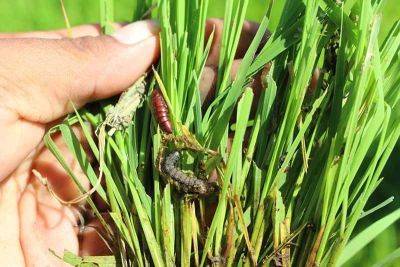Bakong plant: from 'pest' to livelihood source
LOCALLY known as Bakong, the Hanguana Malayana has become one of the major sources of livelihood for farmers in the Santa Teresita town in Cagayan province, helping them overcome poverty.
Bakong is a good source of fiber for various products such as gifts and housewares, textiles, high-grade paper, wall decor, and other artworks and furniture, among others. Santa Teresita's local government unit (LGU) said finished products made from Bakong are now internationally admired and have been exported to customers abroad on a «made-to-order» basis.
In the town's Barangay Luna, a total of 108 hectares of Bakong plants managed by Laguna De Cagayan Association is where John Benedict de Asis, Grassroots Innovation (Grind) Program regional coordinator of the Department of Science and Technology (DoST) in Region 2 (Cagayan Valley), discovered that the raw material «Bakong» had an unusual size.
De Asis noted that unlike what is typically found in the Visayas, particularly in Romblon, the Bakong in Santa Teresita was longer.
De Asis said the DoST could assist the association through technology equipment innovation, research and development, capacity building, skills training and market linkages to strengthen the dissemination of information about this product. «These measures will help them produce more materials from this commodity,» he said.
Through the assistance of Santa Teresita LGU and the Cagayan's first district Provincial Science and Technology Office led by Ferdinand Michael Magusib, their monitoring process led to a better understanding of the farmers' needs and how to assist them.
The DoST is aiming to empower the Bakong farmers by involving them in a solution-mapping process that Grind has been focusing on.
Indigenous to the area
«The Bakong farmers in this town also hope to develop this commodity as it holds the promise of sustaining their lives,» de Asis said.
Meanwhile, local historian Benjamin de Yro said there are no records the plant was brought by the Spanish conquistadors who first landed in the original site of today's town in 1557. Instead, Bakong started propagating in a lake in the village then called Barrio Namunit.
«Particularly found growing in the







